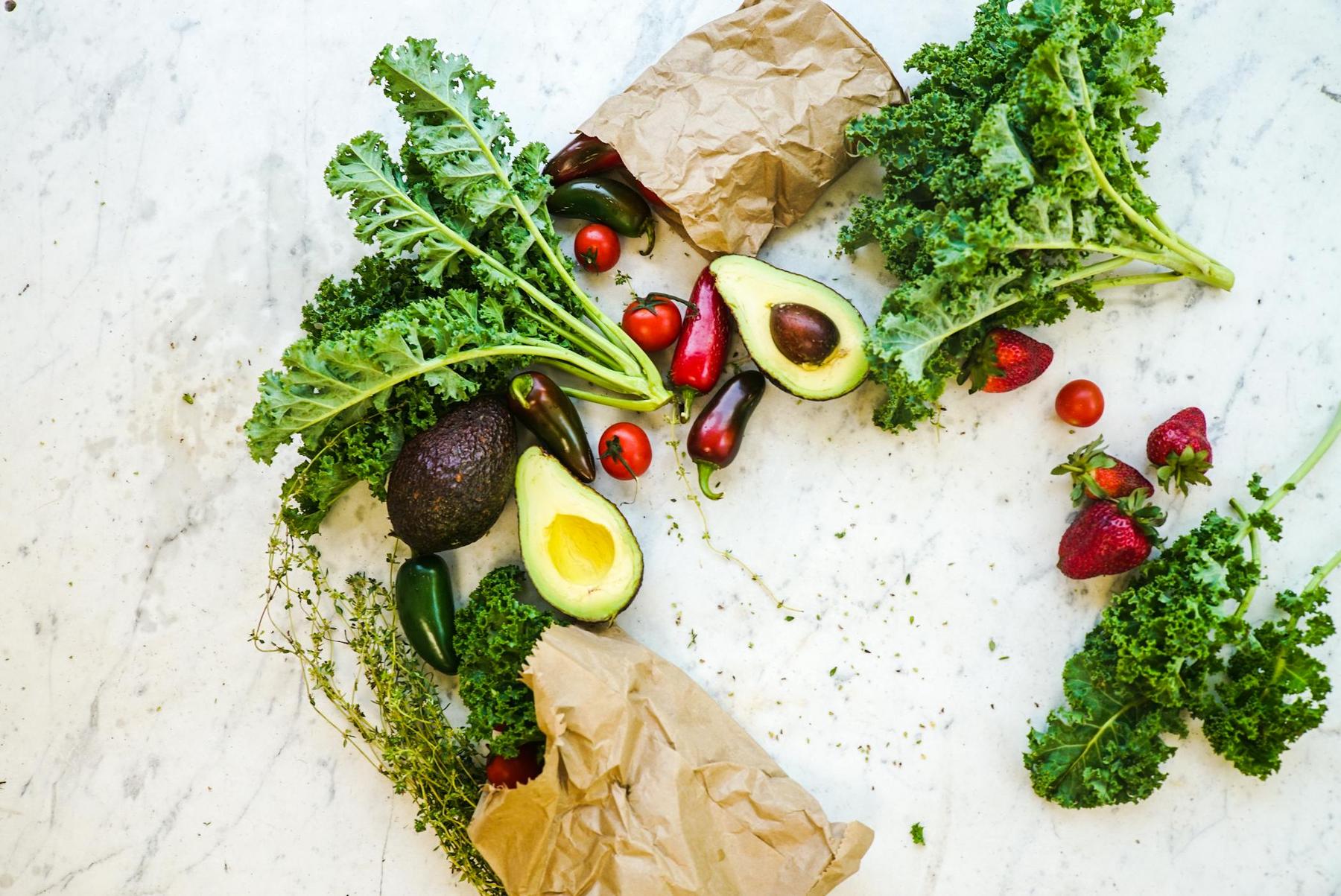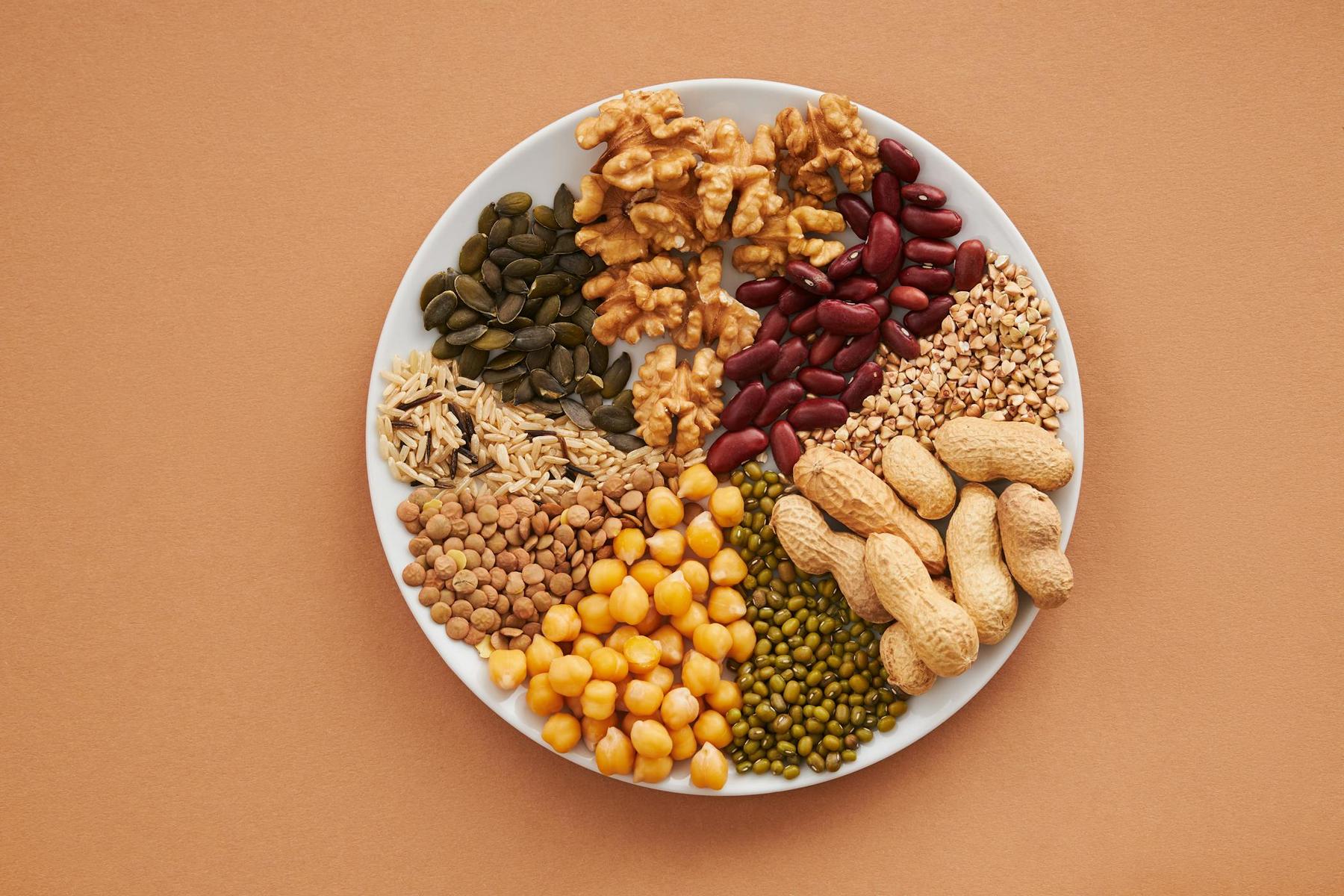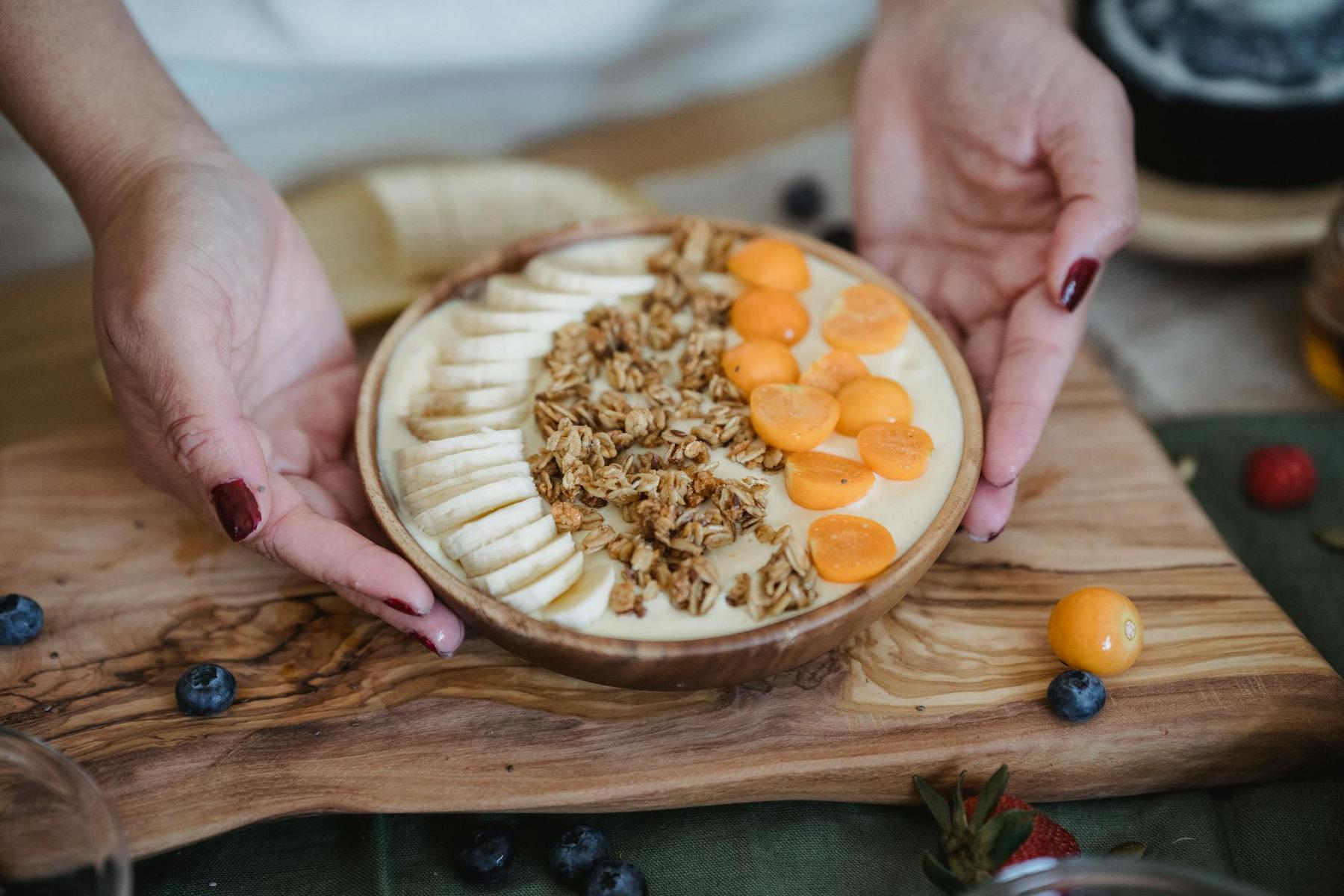Feeling hungry while trying to manage your weight can be one of the most challenging obstacles to overcome. The constant battle between calorie restriction and satiety often leads to frustration, abandoned goals, and weight management setbacks. However, understanding and implementing high-volume, low-calorie foods into your eating pattern can significantly transform this experience. These foods provide substantial physical volume while delivering fewer calories, helping you feel satisfied without compromising your nutritional goals.
What Makes High-Volume, Low-Calorie Foods So Effective for Weight Management?
High-volume, low-calorie foods work through several physiological mechanisms that directly influence your sense of fullness and satisfaction. These foods leverage three key properties to enhance satiety:
Water Content: Foods with high water content, such as cucumbers, watermelon, and lettuce, physically expand in your stomach, triggering stretch receptors that signal fullness to your brain. Research demonstrates that consuming water-rich foods is more effective for satiety than simply drinking water alongside meals. This integrated approach creates greater gastric distension, activating key fullness pathways.
Fibre Density: Fibre-rich foods slow digestion, stabilise blood glucose levels, and can reduce hunger hormone production. Both soluble and insoluble fibre contribute to increased volume in the digestive tract, extending the feeling of fullness hours after eating. Additionally, fibre fermentation in the gut produces short-chain fatty acids that may further regulate appetite hormones.
Nutrient Composition: The protein and complex carbohydrates found in many high-volume foods require more energy to digest than simple carbohydrates, creating a higher thermic effect. Protein specifically has been shown to reduce levels of ghrelin (the “hunger hormone”) while supporting lean body mass preservation during weight management.
The Satiety Index, a measurement tool developed by researchers, quantifies how effectively different foods create feelings of fullness. Foods ranking highest on this index—including boiled potatoes, fish, and oatmeal—consistently outperform energy-dense options in promoting satiety.
Which Vegetables Offer the Best Volume-to-Calorie Ratio?
Vegetables represent the cornerstone of any high-volume eating approach, providing exceptional nutritional value while contributing minimal calories. The most effective options include:
Leafy Greens: Spinach, kale, and lettuce deliver impressive volume at just 5-60 calories per cup, depending on the variety. These greens are comprised of approximately 90% water and contain essential fibre, making them ideal bulk-adding components to meals. For perspective, you could consume over 300 grams of spinach for the same caloric value as a single tablespoon of olive oil.
Cruciferous Vegetables: Broccoli (34 kcal/100g) and cauliflower (26 kcal/100g) represent exceptional options for creating satisfying volume. Their versatility allows them to be incorporated into numerous dishes:
- Riced cauliflower as a grain substitute
- Roasted broccoli as a substantial side
- Blended cauliflower as a creamy soup base without cream
Water-Rich Vegetables: Cucumber (16 kcal/100g), zucchini (27 kcal/cup), and celery (14 kcal/100g) contain over 95% water by weight. Zucchini can be spiralized into “zoodles” as a pasta alternative, while cucumber and celery provide satisfying crunch for snacking with minimal caloric impact.
Mushrooms: At just 22 kcal/100g, mushrooms offer a meaty, umami-rich texture that can create satisfaction in meals. Their unique fibre profile includes beta-glucans, which have been associated with improved satiety signals.
This table outlines the exceptional volume-to-calorie ratio of key vegetables:
| Vegetable | Calories (per 100g) | Key Nutrients | Satiety Mechanism |
|---|---|---|---|
| Spinach | 23 | Iron, Vitamins A/K | High water/fibre content |
| Cauliflower | 25 | Vitamin C, Folate | Versatile bulk, fibre |
| Zucchini | 17 | Potassium, Vitamin C | 95% water content |
| Mushrooms | 22 | B vitamins, Selenium | Umami flavour, beta-glucans |
| Broccoli | 34 | Vitamin K, Folate | Fibre, complex texture |
How Can Fruits Help Keep You Satisfied Without Adding Excess Calories?
Fruits offer natural sweetness along with significant satiety benefits when strategically incorporated into your eating pattern. The following fruits stand out for their volume-to-calorie ratio:
Watermelon: At just 45.6 calories per cup, watermelon consists of 92% water, making it exceptionally filling relative to its caloric content. Clinical research has demonstrated that participants consuming watermelon before meals consumed approximately 20% fewer calories in subsequent eating occasions compared to those consuming cookies with equivalent calories.
Berries: Strawberries (35 kcal/cup), blueberries, and raspberries contain seeds and fibrous structures that slow digestion and enhance fullness. Their high water content combined with pectin fibre creates exceptional volume with minimal caloric impact. Additionally, their natural sweetness can satisfy cravings that might otherwise lead to consumption of higher-calorie alternatives.
Citrus Fruits: Oranges and grapefruit (approximately 50 kcal per fruit) combine water, fibre, and acidity that can enhance satiety. The act of peeling and segmenting these fruits also introduces a mindful eating element that may contribute to greater meal satisfaction.
Apples and Pears: These fruits contain pectin fibre that forms a gel-like substance when digested, slowing gastric emptying and extending satiety. At approximately 95 kcal per medium apple, their crisp texture also requires significant chewing, another factor known to enhance fullness signals.
The optimal approach involves consuming whole fruits rather than juices or dried versions, as the intact fibre matrix and physical volume directly contribute to the satiety response. Including fruit before or with meals, rather than as isolated snacks, may maximize their appetite-suppressing effects.
Which Protein Sources Provide Maximum Fullness with Minimal Calories?
Protein stands out as the most satiating macronutrient, creating approximately 2-3 times the satiety response of fats or carbohydrates per calorie. Several protein sources offer exceptional volume and satisfaction while remaining relatively low in calories:
Greek Yogurt: At 59 kcal/100g for non-fat varieties, Greek yogurt delivers approximately 20g of protein per serving. Its thick texture and high protein content make it particularly effective for satiety. The casein protein found in dairy products digest more slowly than other protein types, providing extended hunger suppression.
Cottage Cheese: With approximately 110 kcal per half-cup serving, cottage cheese offers substantial protein (14g) with a versatile, volume-rich texture. Like Greek yogurt, it contains casein protein for prolonged fullness effects.
Legumes: Lentils, chickpeas, and black beans provide 8-10g of fibre per cup alongside significant protein. This combination creates exceptional satiety as demonstrated in clinical research, where legume consumption has been associated with greater fullness ratings and reduced subsequent energy intake compared to animal protein sources with similar caloric values.
Lean Animal Proteins: Chicken breast, turkey, and white fish (approximately 165-175 kcal per 100g serving) offer complete protein profiles with minimal fat content. Besides supporting satiety, these protein sources help preserve lean muscle mass during weight management efforts—a critical factor for maintaining metabolic health.
Egg Whites: At just 17 kcal per large egg white with nearly 4g of protein, egg whites can be incorporated in volume to create substantial meals. Research shows eggs consumed at breakfast can reduce caloric intake throughout the day by enhancing satiety hormone responses.
The thermic effect of protein—the energy required to digest and metabolize it—also contributes to its effectiveness, as approximately 20-30% of protein’s calories are expended during digestion, compared to just 5-10% for carbohydrates and 0-3% for fats.
What Whole Grains and Other Foods Can Help You Feel Full Longer?
Strategic selection of whole grains and other complex carbohydrates can significantly enhance meal satisfaction while supporting nutritional goals:
Oats: High in soluble fibre (4g per half-cup), oats absorb water to create substantial volume during cooking. The beta-glucan fibre in oats has been specifically studied for its satiety-enhancing properties, with research demonstrating that oatmeal breakfast results in greater fullness and reduced hunger compared to ready-to-eat cereals of equivalent calories.
Potatoes: Boiled potatoes rank at the top of the Satiety Index, outperforming all other tested foods for sustained fullness. At approximately 130 kcal per medium potato, they provide substantial volume and contain resistant starch when cooled, which functions similarly to fibre in promoting fullness.
Popcorn: Air-popped popcorn provides approximately 30 kcal per cup, offering substantial volume through its aerated structure. The physical volume of popcorn activates stretch receptors in the stomach while providing satisfying crunch and dietary fibre.
Barley and Bulgur: These whole grains absorb significant water during preparation, expanding to create volume. Their complex carbohydrate structures digest slowly, providing sustained energy and enhanced satiety compared to refined grain products.
Broth-Based Soups: Research consistently demonstrates that starting a meal with clear soup reduces overall caloric intake at that meal by 20%. The combination of water, dissolved nutrients, and temperature creates multiple satiety signals before the main course is consumed.
The glycemic response to carbohydrates also influences satiety, with lower glycemic options generally providing more sustained fullness by avoiding rapid blood sugar fluctuations that can trigger premature hunger.
How Can You Implement Volume Eating in Your Daily Routine?
Successfully incorporating high-volume, low-calorie foods requires practical strategies and meal structuring techniques:
Plate Composition: Structure meals using the 50-25-25 approach: fill half your plate with non-starchy vegetables, one quarter with lean protein, and one quarter with whole grains or starchy vegetables. This visual approach naturally increases the volume component while maintaining nutritional balance.
Strategic Food Sequencing: Begin meals with water-rich foods such as vegetable soup or salad. Research shows this can reduce overall meal consumption by 12-20% through early activation of satiety signals before higher-calorie options are introduced.
Texture Enhancement: Incorporate foods requiring significant chewing, as the mechanical action of chewing itself has been shown to increase satiety hormone production. Crunchy vegetables, firm fruits, and foods with varied textures can extend meal duration and satisfaction.
Volumetric Food Swaps: Replace calorie-dense ingredients with lower-calorie alternatives that maintain or enhance volume:
- Cauliflower rice instead of white rice (85% fewer calories)
- Zucchini noodles in place of pasta (approximately 80% calorie reduction)
- Greek yogurt as a sour cream substitute (60% fewer calories with added protein)
- Mushrooms to replace or extend meat in dishes (reducing calories while maintaining texture)
Mindful Eating Practices: Use smaller plates, chew thoroughly, and eliminate distractions during meals. These practices enhance awareness of satiety cues and have been shown to reduce caloric intake by 10-20% without increasing hunger.
For sustainable implementation, gradually increase the proportion of high-volume foods while maintaining sufficient energy and nutrient intake to support overall health and wellbeing.
Understanding the Role of High-Volume Foods in Weight Management
The strategic incorporation of high-volume, low-calorie foods represents a physiologically sound approach to managing hunger during weight management efforts. By leveraging the physical and biochemical mechanisms that regulate appetite, these foods create satisfaction without excessive caloric intake.
For individuals pursuing structured weight management approaches, high-volume eating strategies complement medical interventions by addressing the practical challenges of hunger and food satisfaction. The combination of proper medical supervision with evidence-based nutritional strategies provides comprehensive support for sustainable results.
Rather than viewing hunger management as willpower-dependent, understanding the science of satiety allows for informed food selection that works with your body’s natural regulatory systems. This approach transforms weight management from a battle against hunger to a science-informed strategy for optimizing both satisfaction and nutritional outcomes.



